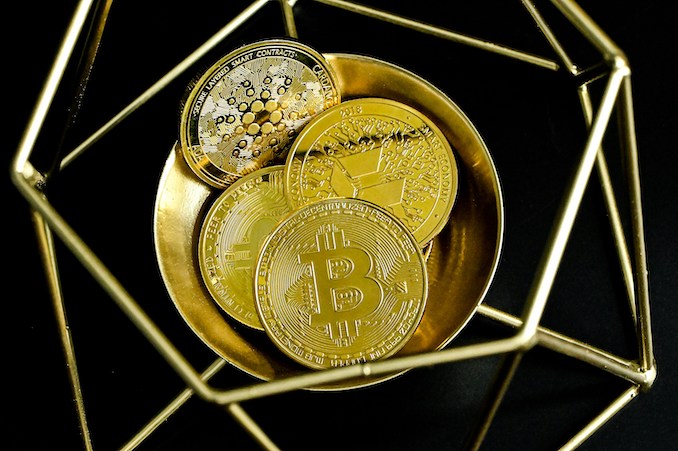Decentralized Finance: How Blockchain Is Revolutionizing Global Payment Systems
Image credit: Unsplash
Since its early introduction in 2009, the use of blockchain within financial systems has provided faster, more secure, and transparent payment methods for those utilizing it.
Unlike a traditional centralized database, the blockchain is not controlled by a single entity. Instead, the data within the blockchain is distributed across multiple computers that work together to validate and maintain the blockchain. Because the blockchain cannot be changed due to the many computers (or nodes) that it is connected to, the only trust that is necessary is in where the data is implemented by a user of a program.
This type of technology is invaluable to those who are looking to determine authenticity in the blockchain, as the data and transaction history within it are irreversible. This makes it particularly useful when determining the practicalities of investing in cryptocurrency, as well as in how much a particular currency is worth over time. As a result, those looking to check the Ethereum price can rely on the blockchain’s data transparency.
How Blockchain Is Changing Global Payment Systems
Because traditional payments generally involve intermediaries, such as banks, clearinghouses, and payment processes, they often have added fees and can be delayed while certain processes take place. However, by utilizing the blockchain and enabling peer-to-peer transactions, transaction fees between two parties can be reduced.
There are other key ways that blockchain is working to change global payment systems.
Speed of Transactions
Payments that occur globally or even across regions can take several days at a time, not only due to time zone differences but also because of intermediary banking procedures and the clearing times that accompany them. Blockchain networks, by contrast, can create near-instant transactions, often within seconds of clicking send.
Increased Availability
Because banks operate within specific hours and are closed on certain days, your transaction speeds will be affected whenever you use them. Blockchain networks operate around the clock, however, which means that payments can be made at any time.
More Transparency and Security
Each transaction within the blockchain is recorded on a ledger. This provides not only a complete transaction history for both parties through the use of cryptographic techniques but also prevents fraud by ultimately being more secure.
-

-

-

-

-

-

-

-

-

-

-

-

-

-

-

-

-

-

-

-

-

-

-

-

-

-

-

-

-

-

-

-

-

-

-

-

-

-

-

-








































